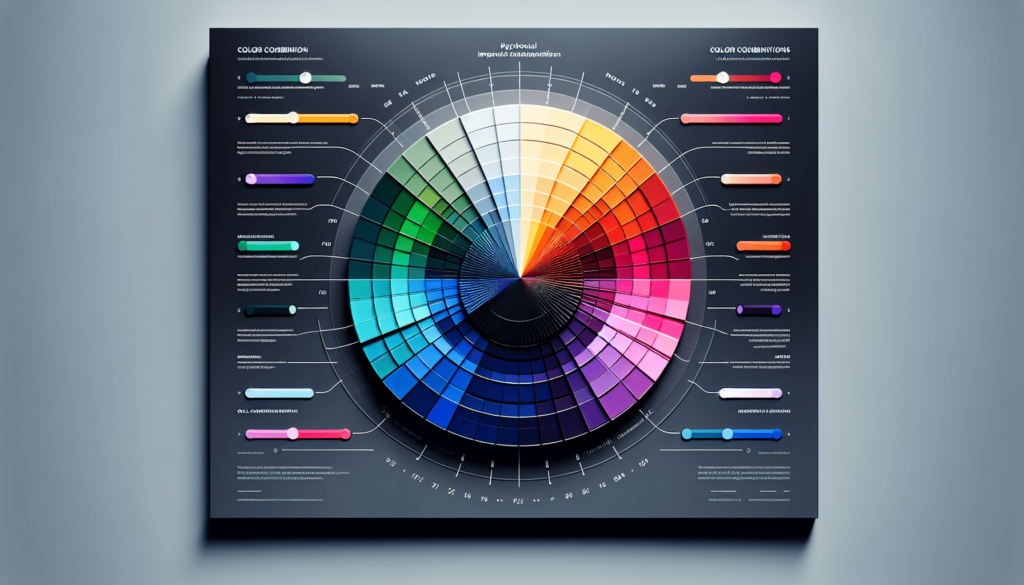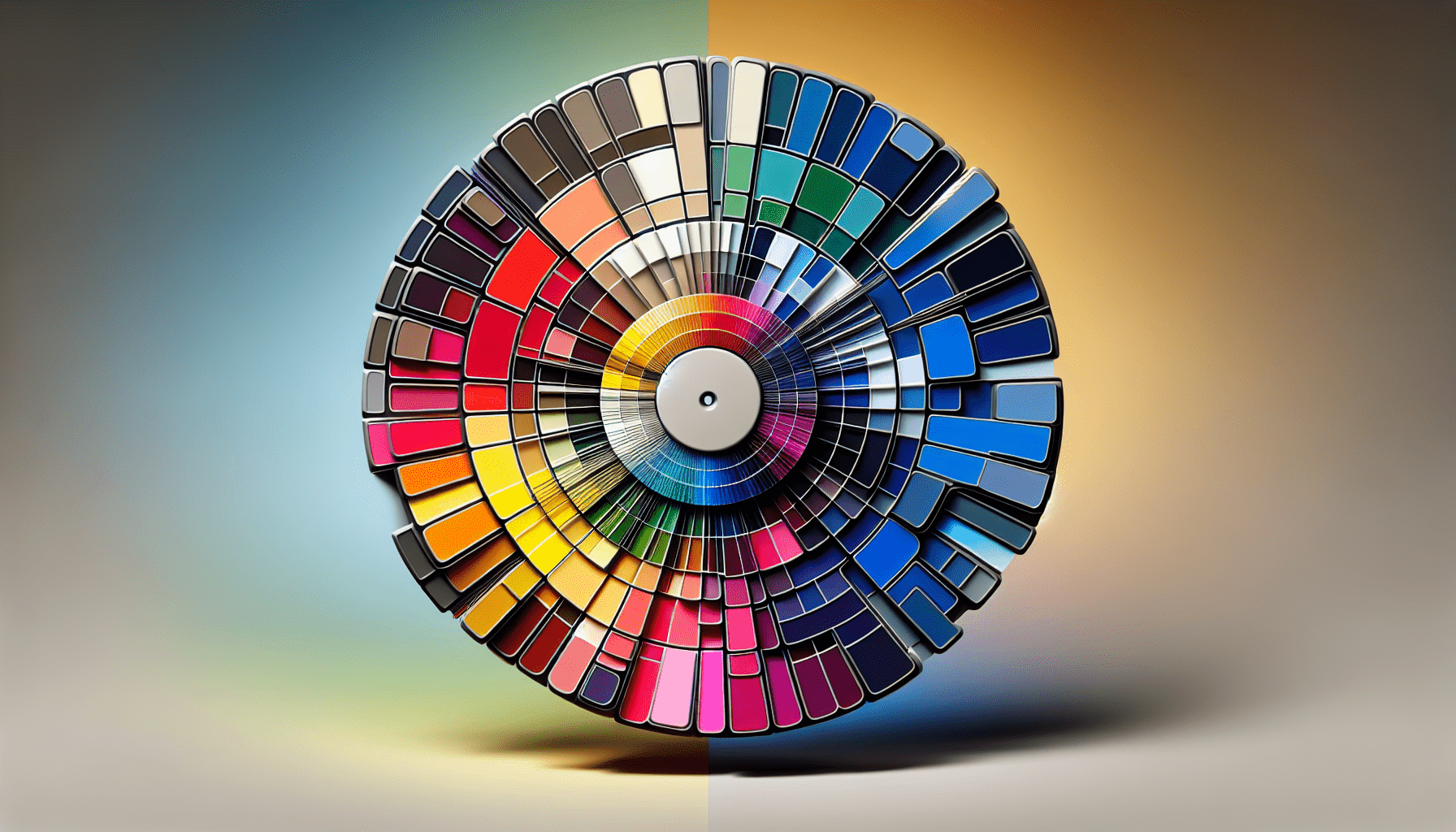Choosing The Right Color Scheme For Your Website
Have you ever wondered how to select the perfect color scheme for your website? The colors you choose can have a significant impact on the overall look and feel of your site. In this article, we will explore the factors to consider when choosing the right color scheme for your website so that you can create a visually appealing and user-friendly online presence.

Understanding Color Psychology
Color psychology plays a crucial role in web design. Different colors evoke different emotions and associations in people. For example, blue is often associated with trust and professionalism, while red can signify passion and excitement. Understanding the psychological effects of colors can help you choose a color scheme that resonates with your target audience and conveys the right message about your brand.
The Importance of Consistency
Consistency is key when it comes to creating a cohesive and visually appealing website. Your color scheme should be consistent across all pages of your site to create a harmonious and professional look. Consistent use of colors helps to establish brand recognition and ensure a seamless user experience. Make sure to choose a color palette that complements your brand identity and reflects your values and personality.
Basic Color Theory
Before you can choose a color scheme for your website, it’s essential to understand the basics of color theory. The color wheel is a useful tool that can help you identify complementary, analogous, and triadic color schemes. Complementary colors are opposite each other on the color wheel and create a high-contrast look, while analogous colors are next to each other and create a harmonious feel. Triadic colors are evenly spaced around the color wheel and create a dynamic and balanced look.
Tips for Choosing the Right Colors
When selecting colors for your website, it’s essential to consider the following tips:
- Contrast: Make sure there is enough contrast between the text and background colors to ensure readability.
- Accessibility: Choose colors that are accessible to all users, including those with visual impairments.
- Emotional Impact: Consider the emotional impact of each color and how it aligns with your brand and target audience.
- Trends: While it’s essential to stay on-trend, don’t be afraid to incorporate your unique style and personality into your color scheme.

Creating a Color Scheme
Once you have a solid understanding of color theory and the psychological effects of colors, it’s time to create a color scheme for your website. There are various tools available online, such as Adobe Color Wheel and Coolors, that can help you generate color palettes based on your preferences. When creating a color scheme, consider the following elements:
- Primary Color: The dominant color that will be used throughout your website.
- Secondary Color: A complementary color that enhances the primary color and adds depth to your design.
- Accent Color: A bold color that can be used sparingly to draw attention to specific elements on your site.
Testing Your Color Scheme
Before finalizing your color scheme, it’s essential to test it on different devices and screens to ensure that it looks consistent and appealing across all platforms. Consider using tools like BrowserStack to test your website’s color scheme on various browsers and devices. Pay attention to how the colors appear on different screens and adjust your color scheme accordingly to ensure a seamless user experience.
Best Practices for Color Usage
To ensure a visually appealing and user-friendly website, follow these best practices for color usage:
- Limit Your Palette: Stick to a limited color palette of 3-5 colors to avoid overwhelming your visitors.
- White Space: Use plenty of white space to allow your colors to breathe and create a clean and modern look.
- Hierarchy: Use color to establish hierarchy and guide users’ attention to the most important elements on your site.
- Consistency: Maintain consistency in your color usage to create a cohesive and professional look across all pages of your website.
Conclusion
Choosing the right color scheme for your website is a crucial step in creating a visually appealing and user-friendly online presence. By understanding color psychology, basic color theory, and best practices for color usage, you can create a color scheme that resonates with your target audience and effectively communicates your brand’s message. Remember to test your color scheme across different devices and screens to ensure consistency and accessibility. By following these tips and guidelines, you can design a website that stands out and leaves a lasting impression on your visitors.











